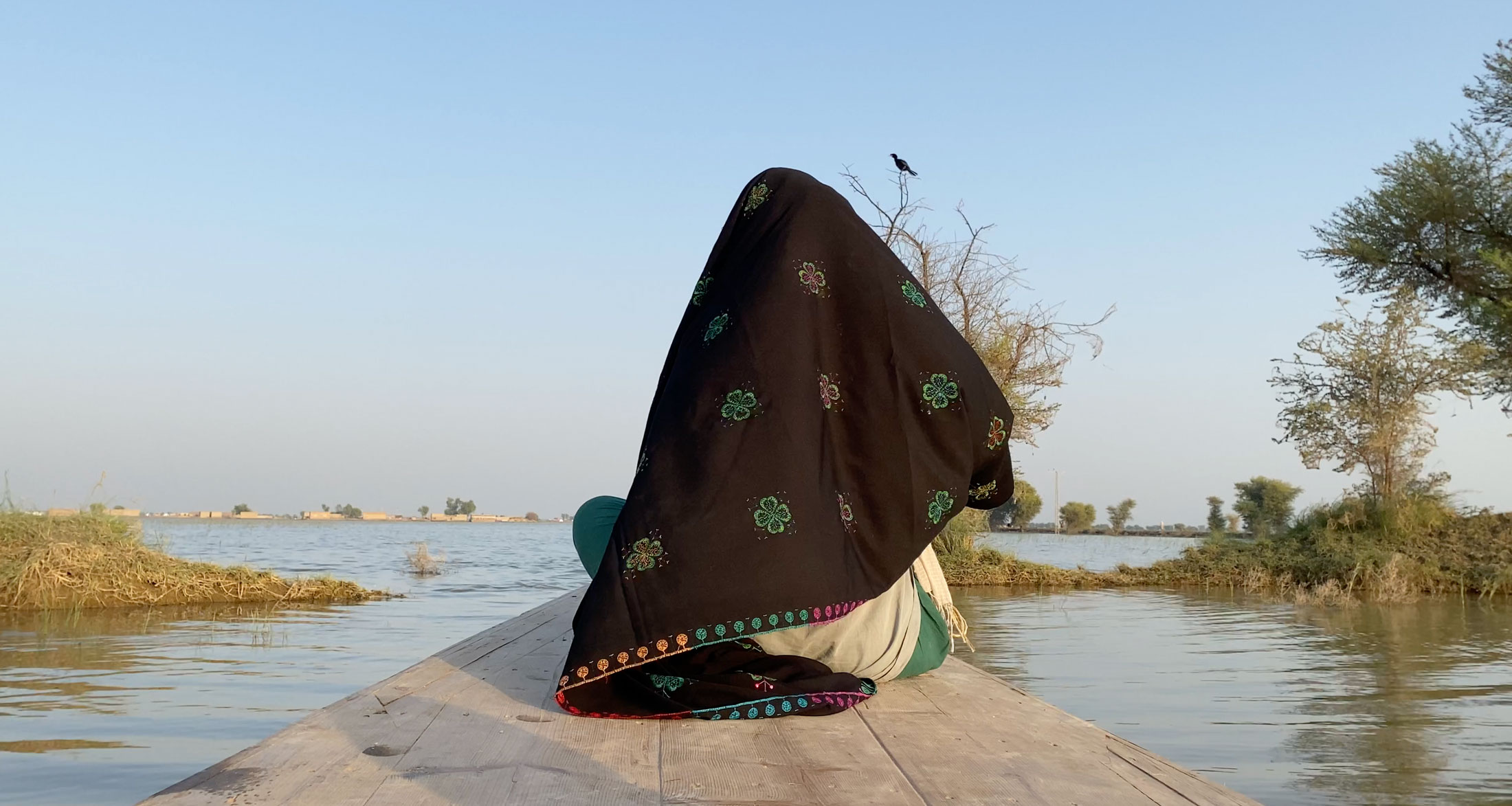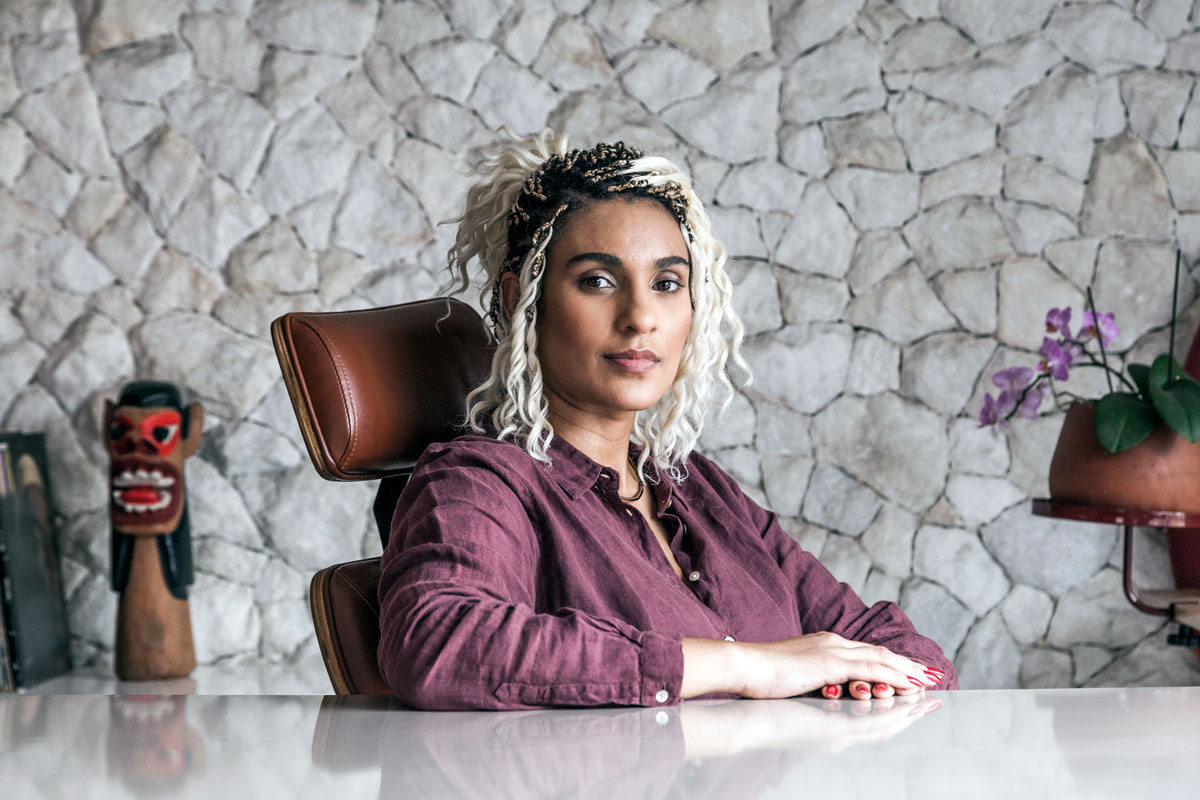Echoes of loss

When exploring the discourse on climate change, “Loss and Damage” resonates deeply, highlighting the profound impact of environmental changes and disasters on communities and ecosystems, particularly those most vulnerable. As the problem escalates, artists have emerged as influential voices capable of communicating the gravity of these losses through new perspectives and mediums.
The Loss & Damage Collaboration is an interdisciplinary group of artists, activists, and researchers dedicated to addressing climate change’s human and ecological costs through artistic expression. Going beyond conventional debates on mitigation and adaptation, their mission is to draw attention to the irreversible losses suffered by communities worldwide.
Through the transformative power of art, their Art and Culture Program raises awareness of the consequences of climate change. Thus, the Ways of Repair: Loss and Damage, a year-long artistic residency supporting three artists and curators, emerges. Each selected project offers an opportunity to explore ways to address losses and damages while expanding the understanding of intangible repercussions in areas such as culture, health, mental well-being, social cohesion, identity, and sense of place.
Art significantly contributes to the global dialogue on environmental issues as a medium of dissemination and awareness. These projects serve as visual and auditory testimonies of losses experienced by communities worldwide, urging society to confront the urgent need for joint climate action. Through art and culture, artists play a vital role in fostering awareness and understanding of the consequences and losses brought about by climate change. We must see, feel, and act in a rapidly changing world.

Gabriela de Matos. Candomblé Terreiros: Sacred Shields Against the Climate Crisis in Salvador
Embarking on the “Candomblé Terreiros” project, Gabriela de Matos explores how terreiros, sacred spaces in the Afro-Brazilian religion Candomblé, can tackle losses and damages caused by the climate crisis in Salvador, Brazil. Rooted in Afro-Brazilian heritage, these places are believed to provide environmental benefits, particularly in marginalised communities.
Gabriela de Matos is an architect, urbanist, researcher, teacher, and curator. Her background focuses on sustainability and built environment management. She co-chaired the Brazilian Institute of Architects, founded the project Arquitetas Negras, mapping the production of Black Brazilian architects, and edited the award-winning book Arquitetas Negras vol.1. She co-curated the Brazilian Pavilion at the Venice Architecture Biennale (2023). She won the Golden Lion for Best National Participation.


Nombuso and Sibonelo Gumede.
Phoshoza sunduz’ama bhun’ahambe: Interpreting (in) Tangible Planetary Futures of Bow Instruments in KwaZulu-Natal
Exploring the archives of Princess Constance Magogo Sibilile Mantithi Ngangezinye kaDinizulu, a prominent musician and Zulu royal family member, the project aims to trace the historical and cultural processes of the traditional bow instrument, ugubhu. Focusing on the intangible losses and damages caused by the climate crisis in crucial cultural realms, the project evaluates these through the uMakhweyane bow instrument’s manufacturing tradition in the South African province of KwaZulu-Natal.
For artists Nombuso and Sibonelo, the climate crisis represents a continuous degradation of the relationship between humans and nature rooted in the capitalist system. In this context, they reflect on the capacity of cultural expressions to teach us about resistance and renewal, focusing on the production of this indigenous musical tradition.
Nombuso Mathibela excels as a cultural professional, educator, and vinyl selector, exploring the sound of anticolonial liberation narratives and ecological and cultural behaviours in Africa.
Sibonelo Gumede is an urban planner and cultural worker, delving into the temporalities of colonial aftermaths, seeking to establish connections between space and relationality to build connective memory and promote restorative practices.
Zahra Malkani.
A Ubiquitous Wetness

“A Ubiquitous Wetness” delves into the strategic use of musical traditions and narratives as forms of remembrance and resistance in the face of environmental devastation. Centred around the Indus, the project explores the ancestral reverence and severe impact on the river due to climate change-induced floods in Pakistan. Zahra’s project utilises sound and oral narratives as an eco-pedagogy to highlight ecological knowledge and the revolutionary spirit inherent in these sounds.
Zahra Malkani is a multidisciplinary artist focusing on collaboration, research, and pedagogy, exploring sound, dissent, and devotion as responses to militarism and infrastructural violence. Her work spans multiple mediums, including text, video, and sound, examining Pakistan’s development policies, displacement, and dispossession. Zahra is the co-founder, along with Shahana Rajani, of Karachi LaJamia, a space dedicated to study, solidarity, and research.
The Ways of Repair: Loss and Damage program will occur online between January 2024 and January 2025, featuring four key moments – three workshops and an online symposium. The program aims to diversify audiences and add nuances and depth to public debates, focusing on policies related to losses and damages.
 This publication was produced with the financial support of the European Union. Its contents are the sole responsibility of UCLG and do not necessarily reflect the views of the European Union.
This publication was produced with the financial support of the European Union. Its contents are the sole responsibility of UCLG and do not necessarily reflect the views of the European Union.